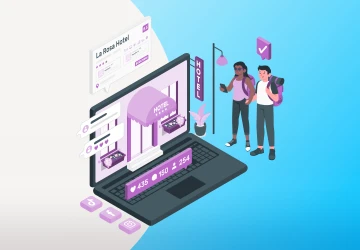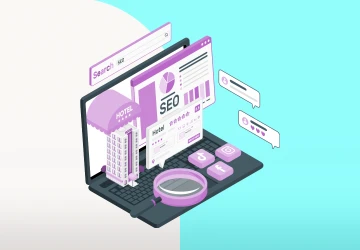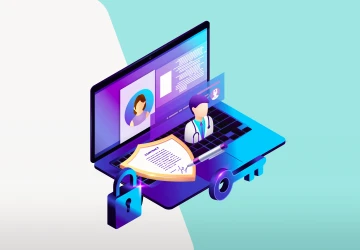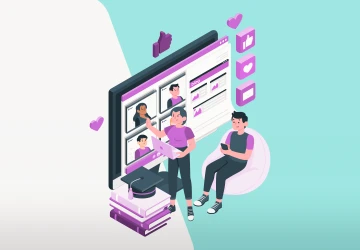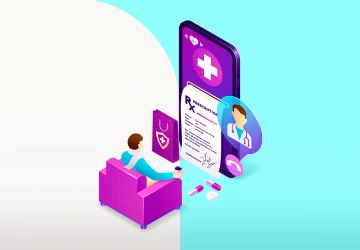Secure School Websites: A Guide to Educational Data Security
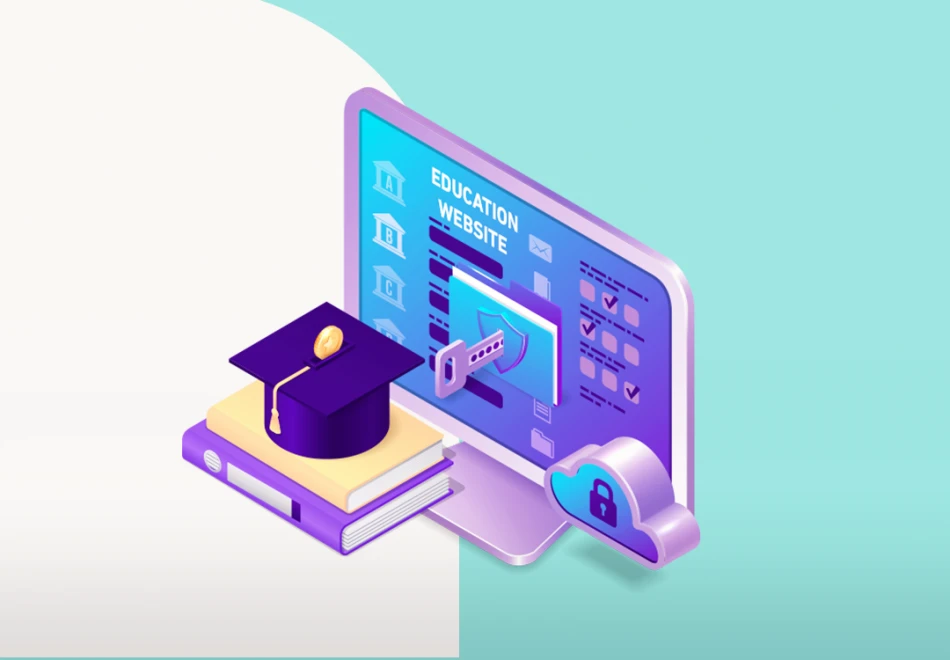
In an age of rising cyberattacks, ensuring secure school websites is more urgent than ever.
The threat to data privacy is real, and schools must comply with laws like GDPR to safeguard their community’s sensitive information.
Now is the time to act and protect student data.
In this guide, I'll walk you step by step through the essential strategies and best practices for securing your school’s online platforms.
What Is Data Privacy in Education?
Data privacy in education means keeping personal information about students, teachers, and families safe and handled properly.
This includes things like names, birthdates, addresses, phone numbers, emails, and Social Security numbers.
But it doesn’t stop there—student data privacy also covers grades, attendance records, test scores, notes on behavior or interests from teachers, and even health-related details like medical conditions.
Any information that can identify a student or say something personal about them should be protected.
Schools and the tech companies they work with have a big responsibility here.
Families, students, and teachers all want to feel confident that their data is secure and not being misused.
It’s not just about following the rules—it’s about building trust.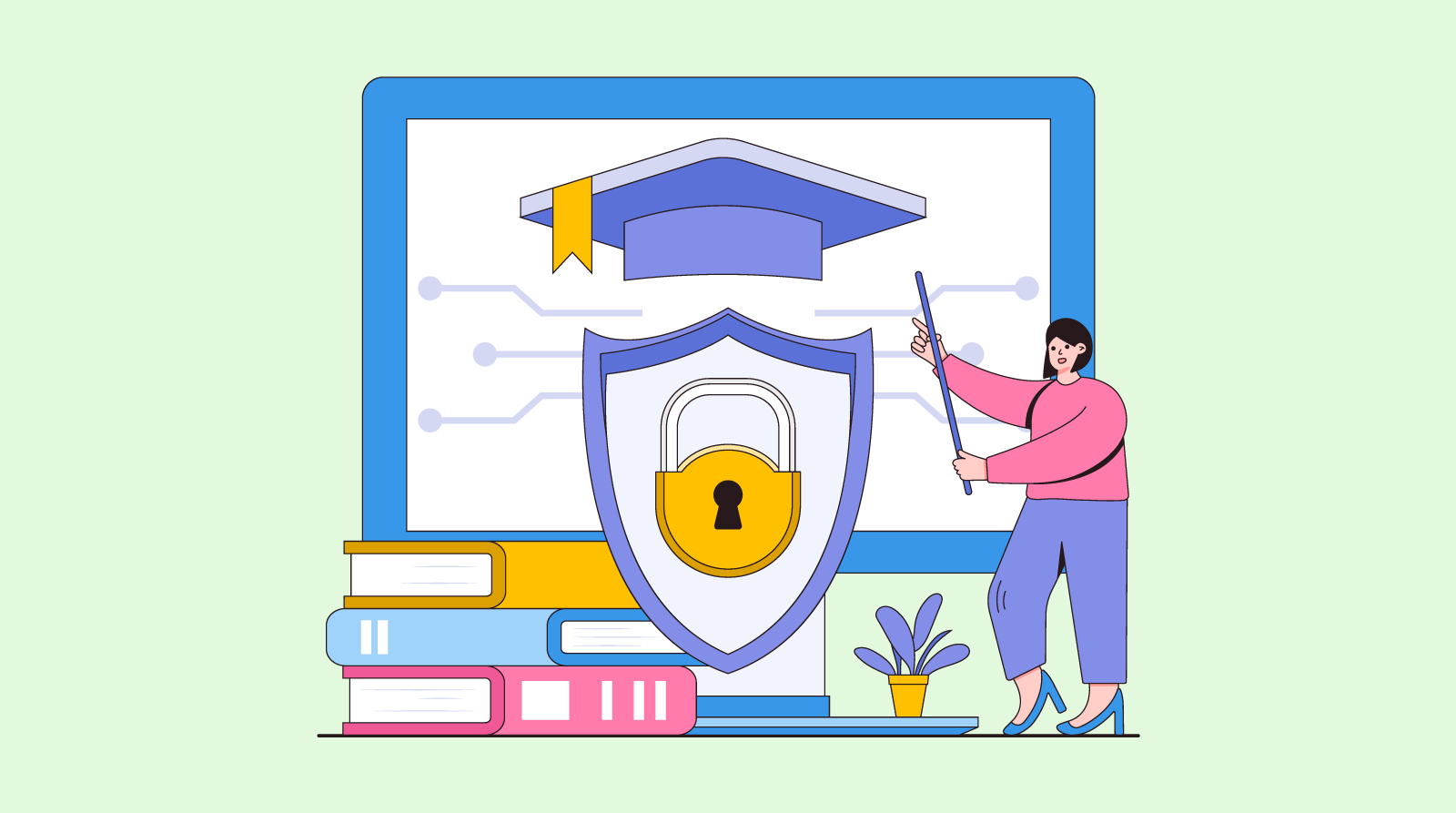
Why Does Data Security Matter in Educational Websites?
1. Build Trust Through Security
Families need to know that their children’s personal and academic information is safe.
When a school’s website takes data privacy seriously and follows GDPR for schools guidelines, it sends a clear message: "We value your trust."
This makes it a safe space where students feel comfortable sharing their details and fully engaging with everything the platform offers.
When everyone feels secure knowing their data is protected, they’re more likely to participate openly and honestly.
This trust leads to better learning and a more positive school experience.
2. Ensure Legal Compliance
Secure school websites aren’t just about keeping things safe—they also have to follow the law.
Around the world, governments have created strict rules to protect personal data.
If schools or eLearning platforms don’t follow them, they could face serious fines or penalties.
Laws like the General Data Protection Regulation (GDPR) in Europe and the Children’s Online Privacy Protection Act in the U.S. set clear rules about how data should be collected, stored, and used.
So, if a school website is reaching students in different countries, it needs to follow all the right regulations in each place.
3. Safeguard Sensitive Student Data
It does not have to be Visa information or payment details to be sensitive.
Students also share personal things like how they’re doing in school, any struggles they’re facing, and even notes on their behavior.
Educational data like this is personal, and if it’s not properly protected, it could be used the wrong way or lead to unfair decisions that affect the student’s future.
That’s why keeping data privacy safe is so important. Schools need to handle this info carefully and securely.
What Are the Risks of Poor Data Security?
1. Prevent Data Breaches
Poor data security can open the door to serious problems, especially on online learning platforms where sensitive information is at risk.
We're talking about personal details, academic records, and even financial data—stuff that could be exploited by a third party if they get access to it.
A data breach can lead to serious consequences, like revealing a user's private information, which might lead to identity theft or fraud.
On top of that, the platform’s reputation can take a huge hit.
Secure school websites need to avoid this because once trust is broken, users may leave, and the platform could face financial losses from a damaged image.
2. Avoid Loss of User Trust
Once users start losing trust in you, it’s tough to win it back.
If a school experiences a data breach, students and parents may feel their info isn’t safe anymore.
This can lead them to stop using the platform altogether.
When trust is lost, registration numbers drop, and families may start looking for other schools or platforms that take security more seriously.
This kind of loss in trust can be a big blow.
Without it, the platform could lose its users, and in some cases, it might even struggle to recover.
3. Mitigate Legal Consequences
A data privacy breach can lead to big legal problems.
If personal data, especially data involving minors, gets compromised, regulators won’t hesitate to hand out heavy fines.
These penalties can be a huge financial burden, especially for smaller schools and platforms that might not have the resources to bounce back from them.
By focusing on data privacy and ensuring secure school websites are in place, schools can steer clear of these expensive legal issues.
Following rules like GDPR for schools helps keep them safe from fines, lawsuits, and damage to their reputation. 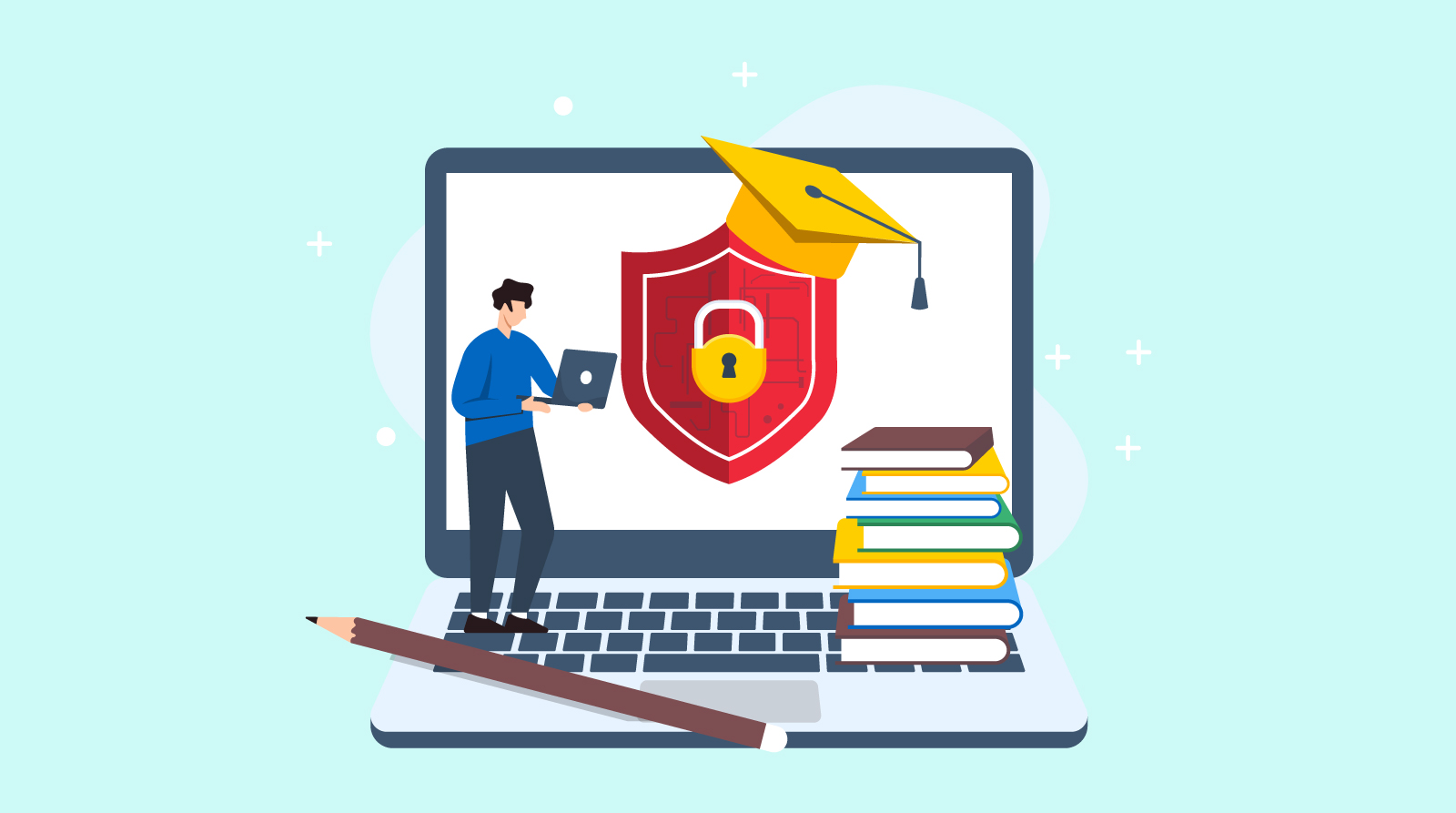
4. Address Psychological Impact
For students, especially younger ones, the idea that their data might not be safe can stress them out.
Say a student is using an online platform for school projects.
If they hear about past hacks or read reports that platforms have been breached, they might start worrying about their personal information, like their schoolwork or contact details, being exposed.
For instance, if a school’s online portal had a breach where student records were leaked, it could leave kids feeling scared or embarrassed.
Parents would likely be concerned, too.
This kind of fear can make students lose interest in their courses or even participate less, just because they’re anxious about their privacy being compromised.
That’s why data privacy through secure school websites isn’t just about keeping info safe—it’s also about creating a calm and positive learning environment.
What are the Best Practices for Data Privacy on Educational Websites?
1. Implement Robust Encryption
One of the most important things to do to protect data is to encrypt it.
Data encryption is like locking your personal information in a safe—whether it’s sitting in storage or moving across the internet, it stays protected.
When you encrypt data at rest (stored data) and in transit (data being transferred), you dramatically lower the chances of a data breach.
For example, let’s say a hacker somehow gains access to an online learning platform.
If the data is encrypted, they’ll find that the information is unreadable.
Even if they get in, they won’t be able to use or share any of it, keeping personal details safe.
2. Limit Data Collection Practices
A smart way to protect your data is to only collect what you need.
This is called "privacy by design."
It means that online learning platforms should think about what information is essential and skip the extra details that might put users at risk.
For instance, instead of asking for every piece of personal info, a platform might only require a student’s name and email address—nothing more.
That way, if a security breach happens, there’s less data for someone to steal, and the platform stays safer and more compliant with GDPR for schools' standards.
3. Control Access to Information
You should only give people access to data if they need it for their job.
To make sure this happens, tools like multi-factor authentication, role-based access, and secure logins are essential—this way, unauthorized people can’t get in.
For example, teachers might only be able to see their class records, while administrators would have access to more data.
It’s also important to regularly review and update who has access to what.
If someone leaves the school or no longer needs access, their permissions should be quickly removed to keep everything secure.
4. Educating Users on Security
Data privacy is a team effort, and everyone has a role to play.
It’s important to teach both students and educators how to protect their information—things like using strong, unique passwords and being able to spot phishing emails.
This helps build a safer environment for everyone.
For instance, if students know how to recognize suspicious emails, or if teachers understand the importance of changing their passwords regularly, they’ll be better prepared to keep their data safe.
By teaching these simple steps, everyone can be more proactive about privacy and help protect personal information.
5. Conduct Regular Audits
Regular audits are a smart way to keep your platform safe.
By checking privacy and security measures regularly, you can spot any weak spots before someone with bad intentions takes advantage of them.
These audits also help ensure that your website is up-to-date with new laws and regulations, keeping it compliant and safe.
For example, getting an outside expert to do an external audit can offer a fresh, unbiased look at how well your data is protected.
This extra check helps catch any issues that might have been missed internally, making sure that data privacy stays at the top of the mind.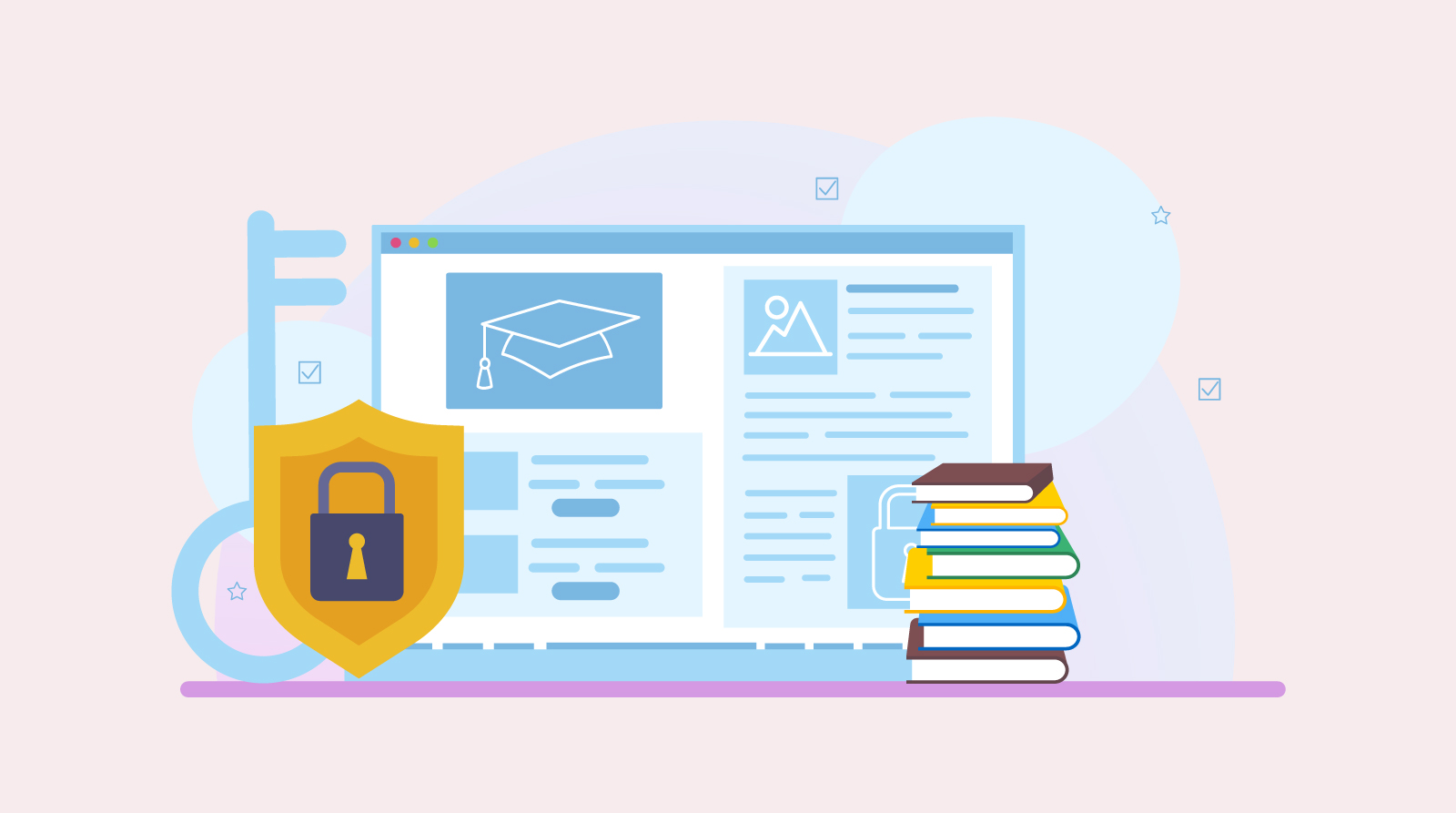 6. Maintain Transparent Policies
6. Maintain Transparent Policies
As people, we all appreciate honesty and clarity, especially when it comes to our personal information.
That’s why having a simple and easy-to-understand privacy policy is so important for educational platforms.
The policy should clearly explain how data is collected, used, and protected.
When schools are open about their practices, it helps build trust and lets everyone know exactly what happens to their data.
For example, a solid privacy policy will explain why certain information is needed and how it will be kept safe.
This makes it easier for students, parents, and teachers to feel comfortable and confident.
It’s also a good idea for schools to regularly update their policies to ensure they’re following the latest rules, like GDPR for schools, and continue meeting high standards for data privacy.
FAQs
How Do I Protect My Data From a Website?
To protect your data, use strong, unique passwords and avoid sharing personal information on untrusted websites. Enable multi-factor authentication for added security.
What Are a Teacher’s Ethical Responsibilities Around Student Data Privacy?
Teachers must protect student data by only sharing it with authorized individuals and ensuring it’s securely stored. They should also respect confidentiality and avoid misuse of student information.
What Are the Three Types of Data Security?
The three main types of data security are physical security, network security, and application security.
Why Is It Important for Students to Learn About Data?
Learning about data helps students understand how to protect their privacy and make informed decisions online. It also empowers them to navigate digital spaces safely and responsibly.
Final Thoughts
We've walked through the key steps to make sure your school’s website stays secure, like using strong encryption, limiting the data you collect, and following GDPR for schools.
As online threats keep changing, it’s important to regularly check your security and update it when necessary.
If you need help securing your school’s online presence or understanding data privacy laws, feel free to reach out.
Your students' safety and trust are too important to overlook!

